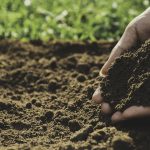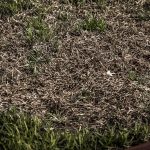Our gardening experts share how their own landscape specimens are materializing after dreadful weather extremes.
The past three years have seen some of the hottest, coldest, and driest Texas weather in a long, long time. Were you surprised to see some plants looking good while others were unexpectedly struggling or worse? So were we!
With Winter Storm Uri still in our recent memory, and now with San Antonio’s hottest summer ever in our rear view, our landscapes have had a rare opportunity to show their extended resiliency — or lack thereof.
By the end of summer 2023 it seemed like everything in the yard was in one of three conditions: 1) still looking good 2) struggling, not looking the best or 3) dead.
So I decided to check in with our in-house experts to find out how their own landscape specimens were faring.
Note: With just a few recent rains following my check-ins, many of our experts wrote back to report that dead plants were actually sprouting new leaves!
So, take these comments with a grain of salt. In each case, plant fortunes always depend on the particular soil, light, moisture and maintenance conditions, and the history of each site.
Our gardening experts are always happy to impart their wisdom and offer you their favorite plants for San Antonio. But just like you, we’re learning all the time.
Grasses and groundcovers
No surprise established big grasses (bunchgrasses, muhlies and deep-rooted prairie grasses) mostly lived up to their conservation potential, thanks to their deep roots in every local landscape: Blackland Prairie, Edwards Plateau and South Texas Plains. You can always see grasses along Texas highways turning gold and brown every July and greening up again with the first rain. This year, they just turned brown sooner (in June) although some young plantings were lost. Mexican feathergrass was another landscape grass seen doing especially well.
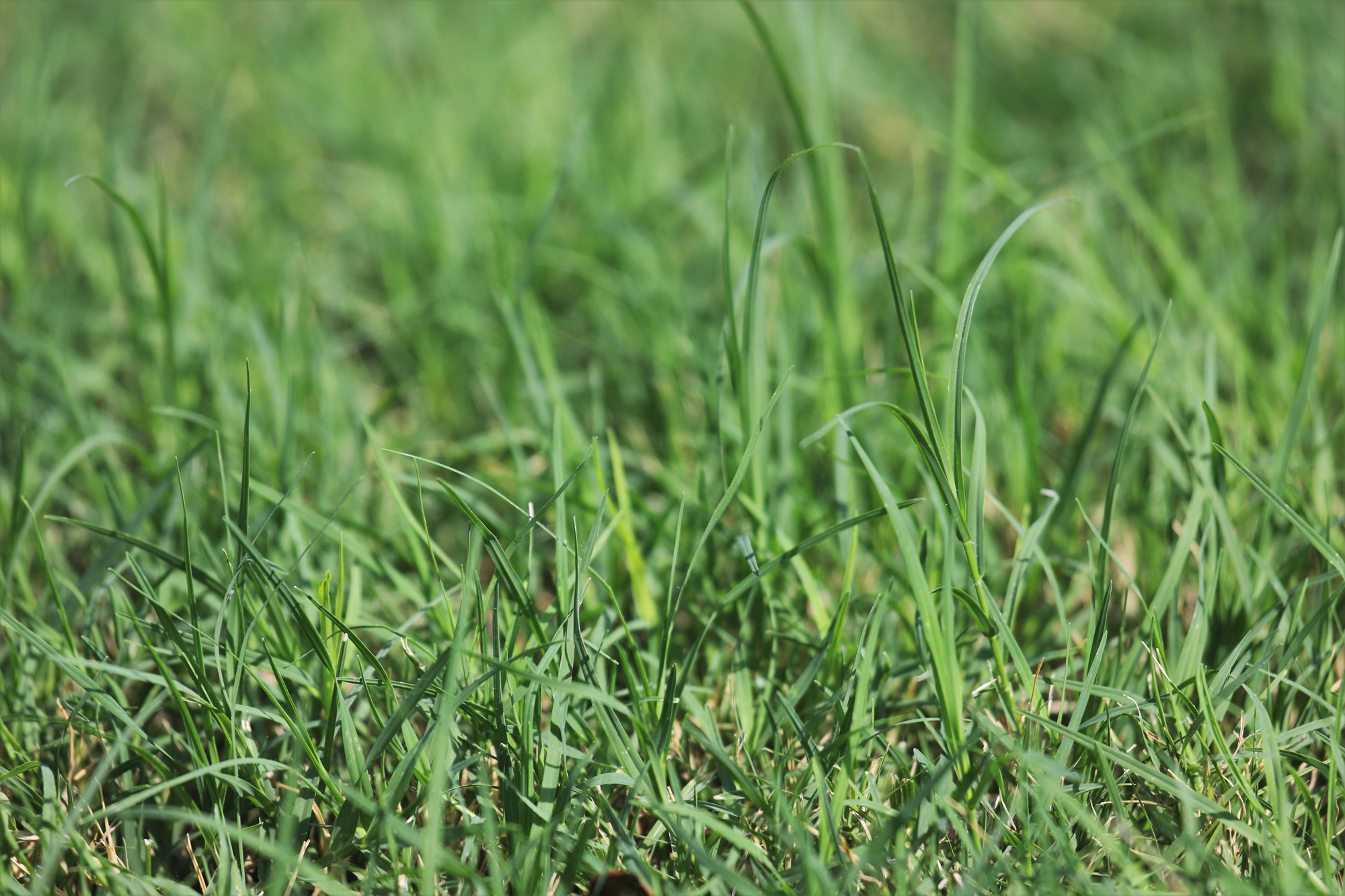
In residential landscapes, however, the most common grasses are varieties of turf grass including Bermuda, zoysia and St. Augustine. Even where they were heavily watered, this summer’s conditions pushed them well past their expected comfort levels. And it showed. With recent rains, Bermuda grass is already beginning to green up (no surprise) but St. Augustine and Zoysia would be expected to take longer to recover.
Other groundcovers like Asiatic jasmine and sedge grass struggled as well. One groundcover that did fairly well was purple heart.
Palms
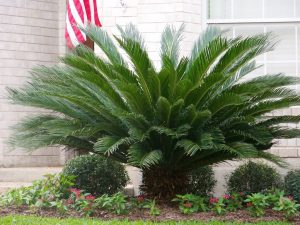
Many local palm trees are expected to perform fairly well in dry conditions, but cold is another matter. Immediately following Winter Storm Uri it was apparent that many palm trees had suffered heavy damage, and in many locations the bare trunks still stand leafless.
Incredibly, a few species were able to pull through both cold and drought.
- Sago palm. Said Karen Guz, “The sagos took a beating in the freeze of 2021 but filled out pretty quickly afterward. They have looked great all summer in shade. The one in the sun has a few burned tips. I had been planning to say we should stop using them, per the freeze issues after Uri, but they are incredibly hardy overall and they’re holding up in drought … and deer don’t touch them.”
- Sabal Mexicana (Texas Palmetto) was one of very few palms that didn’t drop leaves in extreme cold. Steven Siebert summed it up: “Zero freeze damage. Zero sun or heat damage. Nearly native and no thorns. This is a great tree for San Antonio.”
Large perennials
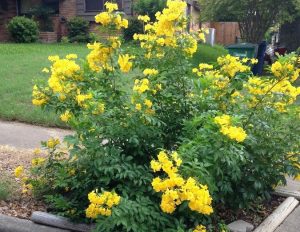
Our experts agree with what you’re seeing out there right now in the large perennial category. Bougainvillea, Esperanza and Poinciana (Pride of Barbados) have effectively demonstrated their resilience despite the extremes of the past few years. With enough sunlight, most managed to put on a good show even with drought continuing into autumn. All are in the classic “thrive on neglect” category, meaning they thrive on heat and sun without overwatering — exactly what you need for reliable landscape specimens.
In a year with normal rainfall, natives like flame acanthus and Turk’s cap may not be noticed much outside the hummingbird garden, but this year they were consistently reported as one of few plants that were still “looking good” by every reviewer. They’re both tolerant of a variety of dry moisture levels, shade levels, and soil types and depths. Said Martha Wright: “I will probably just replant any dead plant with Turk’s cap in my backyard from now on, because it always looks good.”
Small perennials
Many of the smaller perennials that lend color and interest to our summer landscapes normally look a little worse-for-wear by the end of the summer, but, as Cleve Powell summed it up, “Now they’re looking really rough!” These included all manner of sages and salvias: autumn salvia, scarlet salvia, pineapple salvia, and even mealy blue sage. Blackfoot daisies, bicolor iris and even plumbago were all seen to struggle, even where weekly hand-watering was attempted. Pink skullcap fared even worse, as Gail Dugelby reported: “It was the first to give up the ghost. And when it leaves, it’s not coming back.”
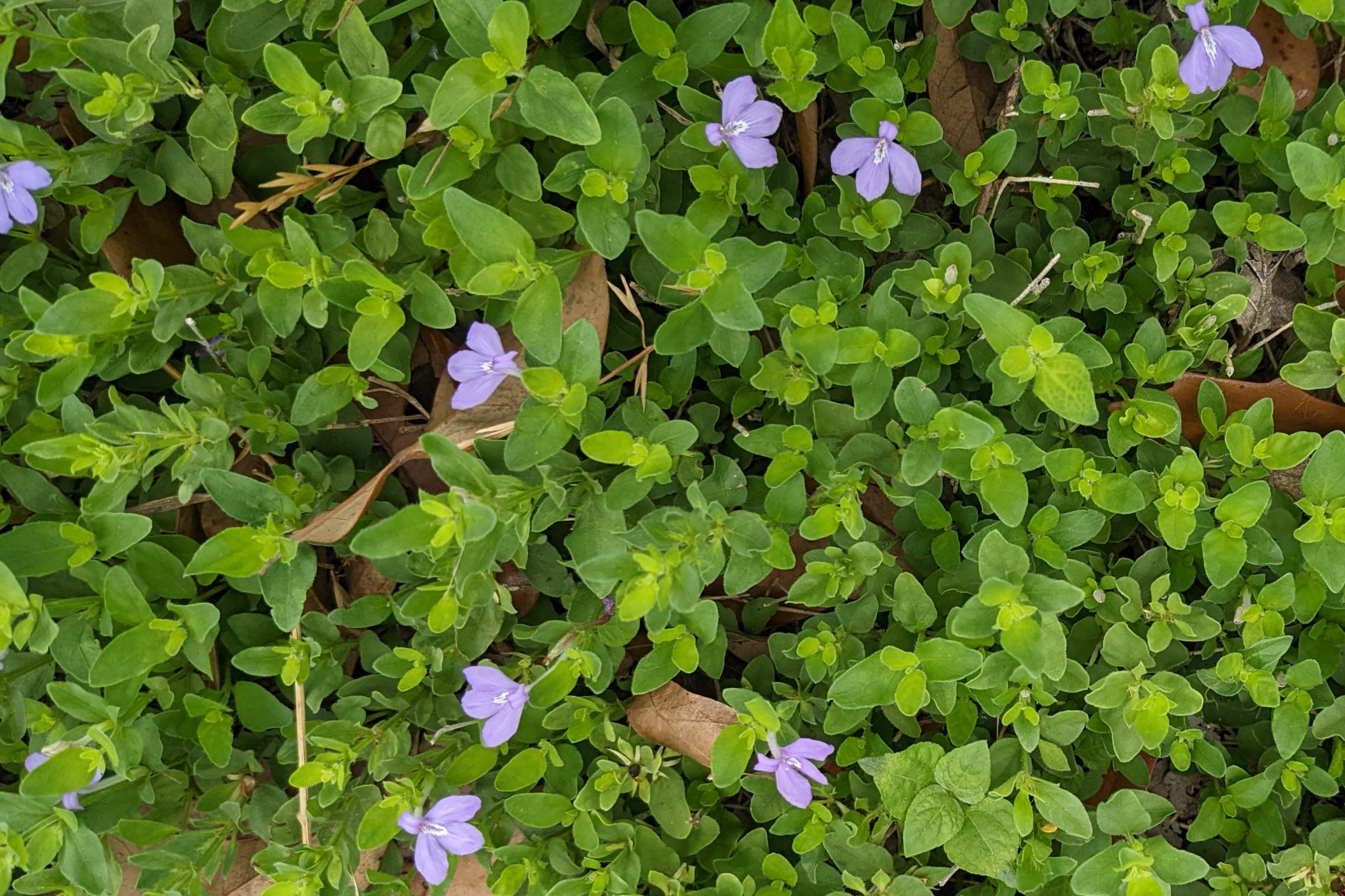
Many classic pocket-prairie and wildflower plants disappeared completely in the scorch. Sasha Kodet’s Engelmann daisies recently reappeared after the long summer absence. “They were just hiding below ground — and completely reasonable behavior, I say.”
A few natives like the diminutive Gregg’s tube tongue survived and bloomed all summer long on rainwater alone. With September rains, autumn flowers like plateau goldeneye and gayfeather popped up right on schedule.
Shrubs
In the world of evergreen screening shrubs, outcomes over the past few years have been extremely mixed. This was apparent immediately after the 2021 winter temperatures: many long-established plants froze to the ground and most (including citrus, pittosporum, European olive, Japanese blueberry, viburnums, loquats, and others) never fully recovered. In addition, many buyers and growers reported shortages of some of the classic screening plants that continued into 2023.
The droughts of 2022-2023 arrived on the heels of this winter damage, in classic “kick ‘em while they’re down” fashion. Especially for the evergreen meatball plants that tend to get heavily hedged and topiaried, a few showed their resources had been exhausted by the end of this summer. Others, like Knock-Out roses, are conserving their resources; Nathan Riggs reports his are “doing well with less than one watering per week, but not blooming.”
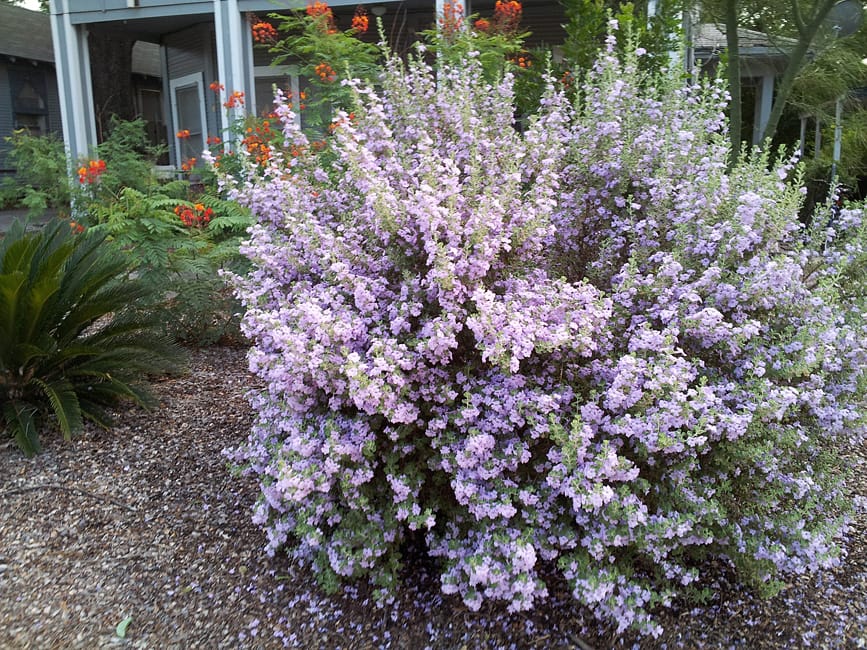 Cenizo (aka Texas sage) performs so well it’s often taken for granted, but this year, in the midst of a full autumn bloom and without any severe drought or cold damage for established plants it received rave reviews. An additional plug for Texas torchwood from me: It didn’t even lose leaves in the 2021 winter storm. And it has gotten by on rainwater alone during two years of drought. Torchwood is one of those slow-growing evergreen plants that can provide a bit of green meatball structure to the landscape. But it’s impressive that a Rio Grande Valley native would be able to demonstrate tolerance of drought AND eight-degree cold.
Cenizo (aka Texas sage) performs so well it’s often taken for granted, but this year, in the midst of a full autumn bloom and without any severe drought or cold damage for established plants it received rave reviews. An additional plug for Texas torchwood from me: It didn’t even lose leaves in the 2021 winter storm. And it has gotten by on rainwater alone during two years of drought. Torchwood is one of those slow-growing evergreen plants that can provide a bit of green meatball structure to the landscape. But it’s impressive that a Rio Grande Valley native would be able to demonstrate tolerance of drought AND eight-degree cold.
These are just a few samples of what our GardenStyleSA experts are growing, and how their selections are faring. Even a few “dead” plants have been spotted coming back to life with recent rains — just in time for Halloween!
What lessons is your own landscape teaching after the weather extremes of recent years? If you get a chance, let us know by filling out the GardenStyleSA survey!



